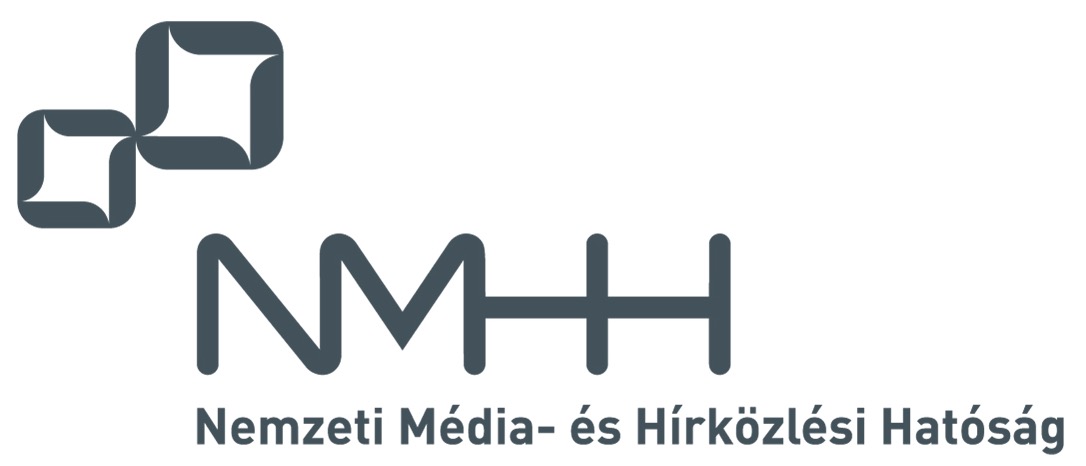Mohammad Moghadasi and Gabor Fazekas
Multiple sclerosis Lesion Detection via Machine Learning Algorithm based on converting 3D to 2D MRI images
In the twenty first century, there have been various scientific discoveries which have helped in addressing some of the fundamental health issues. Specifically, the discovery of machines which are able to assess the internal conditions of individuals has been a significant boost in the medical field. This paper or case study is the continuation of a previous research which aimed to create artificial models using support vector machines (SVM) to classify MS and normal brain MRI images, analyze the effectiveness of these models and their potential to use them in Multiple Sclerosis (MS) diagnosis. In the previous study presented at the Cognitive InfoCommunication (CogInfoCom 2019) conference, we intend to show that 3D images can be converted into 2D and by considering machine learning techniques and SVM tools. The previous paper concluded that SVM is a potential method which can be involved during MS diagnosis, however, in order to confirm this statement more research and other potentially effective methods should be included in the research and need to be tested. First, this study continues the research of SVM used for classification and Cellular Learning Automata (CLA), then it expands the research to other method such as Artificial Neural Networks (ANN) and k-Nearest Neighbor (k-NN) and then compares the results of these.
Reference:
DOI: 10.36244/ICJ.2020.1.6
Please cite this paper the following way:
Mohammad Moghadasi and Gabor Fazekas, "Multiple sclerosis Lesion Detection via Machine Learning Algorithm based on converting 3D to 2D MRI images", Infocommunications Journal, Vol. XII, No 1, March 2020, pp. 38-44. DOI: 10.36244/ICJ.2020.1.6





